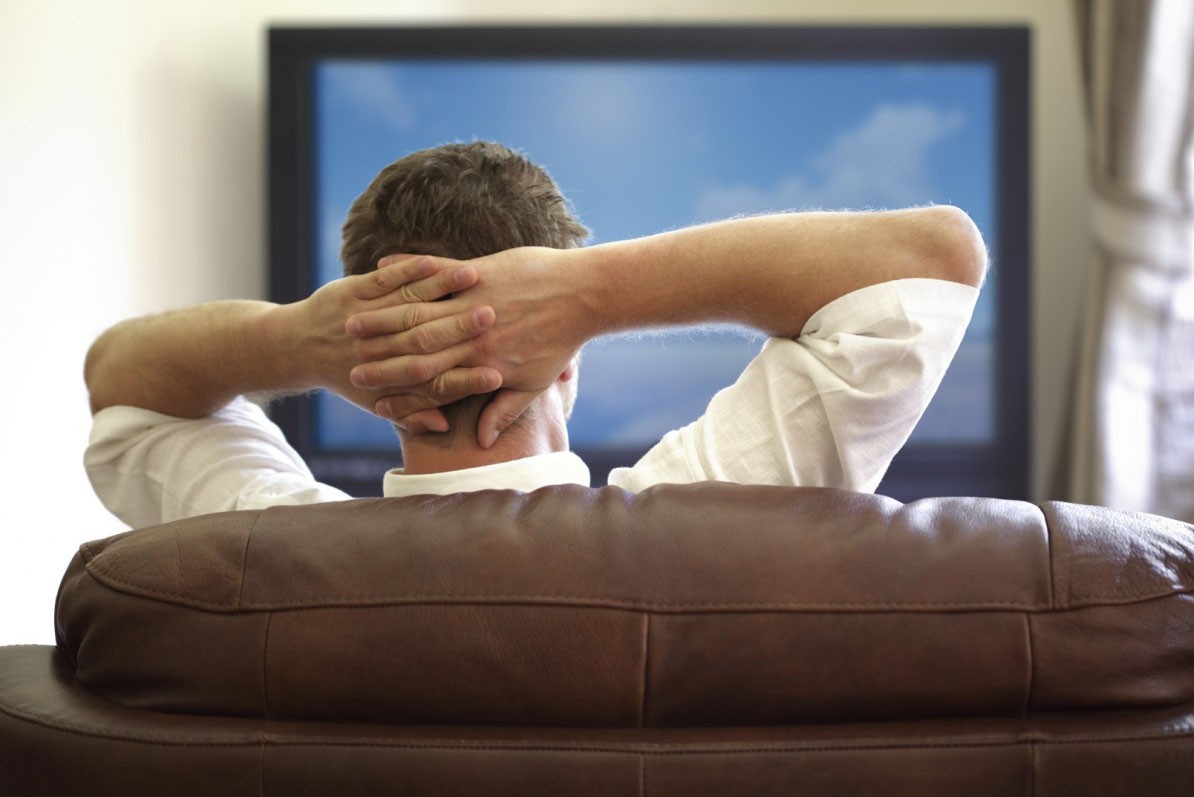
Infrastructure, money, and the apathy towards enhancing the television experience -- what is keeping Pakistani channels from going high-definition

You’d probably call it ‘niche viewing’ in a country like Pakistan, what the technologically advanced world already considers as so-last-decade. The fact is that in this age of Virtual Reality (VR) and Netflix and Concept TV, we are still stuck at a point where a high-definition (HD) channel is a bit of a marvel, if not an oddity, and the common consumer is happy being force-fed poor analog broadcasts.
Or, let’s assume, the consumer here is largely oblivious to the joys of watching crystal clear moving images on an LCD. Or, perhaps, this isn’t a big deal for them. In either case, the blame has to lay with the transmitting authority -- primarily, the TV channels. Over the past 15 or so years, Pakistan has seen a proliferation of private television networks and cable services. We now have 100-plus (the number is growing!) entertainment, news, religious, and sports channels, but it wasn’t until very recently that a couple of them upgraded to HD. These include 92HD, 8XM, and Filmazia. No local sports channel has decided to up their game yet.
See TV, 24 News, Neo News, and Lahore News are newer additions that were conceived as HD. The rest -- and that is quite a lot -- is all Standard Definition (SD).
So, what is it that’s taking us so long to catch up? According to Irfan Asghar, former Director Programming and Product Development, Dunya News, "infrastructure and the money involved."
He goes on to elaborate: "When we tried to switch Dunya News to HD, it required the receivers at all [cable] head-ends to be changed. This was an expensive proposition.
"Your channel might uplink to the satellite in HD, but if your cable operator does not have the technology to receive the signals in high definition and fire them through a fiber optic wire into a digital set-top box, the entire exercise will prove to be futile; you will still be watching it in SD, and the picture and sound quality will be hugely compromised."
In a typical Pakistani household, the quality of broadcasts suffers anyway, because you are using a single cable input on a number of TVs at a time. The digital box, in this situation, has a drawback; it must be plugged into a discrete TV set.
The other option, Asghar suggests, is Direct-to-Home (DTH) services such as Dish TV and Tata Sky. "This excludes the dependency on cable operator’s will and choice. But, again, this is something only the privileged few can consume because these are costly."
There’s an interesting spin on the story: the same local content that you watch in SD on your television screens is often available for streaming and downloading on popular video-sharing portals like YouTube in HD, some even in Ultra HD -- 4K and 8K formats that are used for displays with an aspect ratio of 16:9 or wider, the minimum resolution being 2160 pixels (compare this to SD’s 480p).
Urdu1, for instance, is broadcast in SD but since its shows are all recorded in high definition, the uploaded episodes and clips make for far superior picture and sound quality viewing. Hum TV, otherwise known for its swell productions, lags surprisingly behind; their YouTube uploads have a resolution ranging from 144p to 320p only.
For Irfan Asghar, bandwidth is the name of the game. "Every TV channel has a separate IT department that uploads software online. The channels pay heavy sums for this [bandwidth]."
Rafay Rashidi, Managing Partner and Head of Prod., Moomal Productions, raises a pertinent question: Who cares if it’s HD or not? He relates how a drama director recently told him that colour grading, colour temperature, screen compression, and aspect ratio are things an average telly viewer isn’t bothered about. "For him, content is king. He doesn’t even notice the difference. So everyone in the industry starts saving their time and money. Only a really passionate director would be ready to spend an extra 50,000 bucks on post-production."
He adds quickly that the TV channels are working towards taking their stocks higher. "It’s time we did so. We have dealt with cable operators for a long time now. They [cable operators] have a billing system which they need to shift from. The world over, you see subscription-based HD channels; here, it’s a different situation altogether. And when you go DTH, you need to know who will be using it, what are the bylaws on the service, what are you going to be watching, what censor policies shall apply, which channels are licensed, etc.
"As a producer of TV shows, it is my wish that our channels meet international standards, without making things more complex and difficult for themselves. We ought to apply HD, we can’t be dealing with extinct technology and inferior quality software."
Rashidi also reveals that at Moomal he is "trying that there should be separate online content from our end. We are working on that."